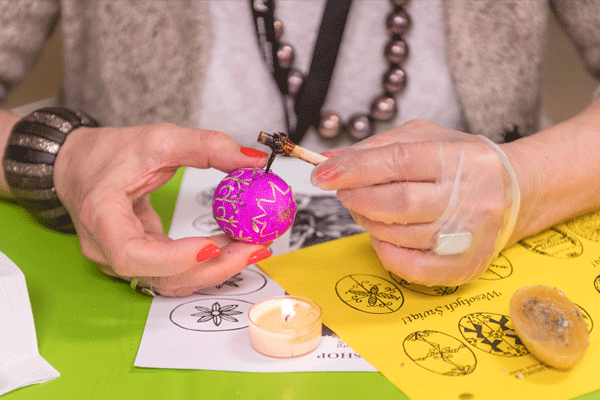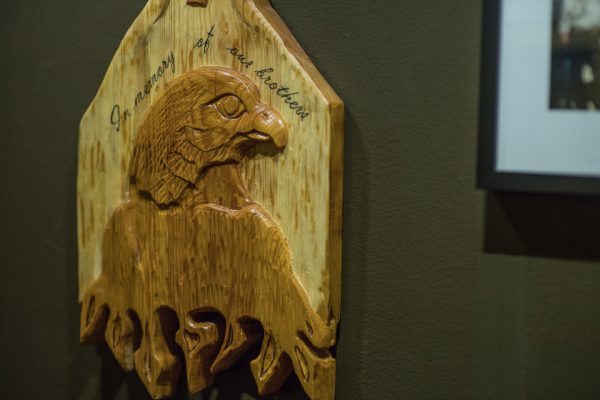PMAL is 102!
102 years ago, the Polish Museum of America Library opened!Happy Anniversary! 102 rocznica poświęcenia Biblioteki MPA!Serdeczne życzenia dla Wszystkich związanych z tym wspaniałym miejscem!
Consul R. Rusiecki – farewell
Today we bid farewell to Consul Robert Rusiecki. We wish him all the best on his next endeavor and thank him for 7 years of cooperation and support of the Polish Museum of America. W dniu dzisiejszym pożegnaliśmy konsula Roberta Rusieckiego życząc mu wielu sukcesów w przyszłości oraz dziękując za
in silence
In Silence – A Multimedia Trilingual Exhibition at the Polish Museum of America
Warsztaty pisankowe
W sobotę 8 kwietnia, w Muzeum Polskim odbyła się kolejna edycja warsztatów wielkanocnych. Dzieci mogły nie tylko pomalować przyniesione przez siebie jajeczka, którymi będą dekorować świąteczne koszyczki ale także zapoznać się z technikami ich tworzenia oraz z tradycjami, jakie od lat towarzyszą Świętom Wielkanocnym. Te warsztaty to bardzo ważny moment
89. rocznica urodzin Zofii Beksińskiej
25 marca mija 89. rocznica urodzin Zofii Beksińskiej kobiety wyjątkowej o której tak niewiele powiedziano w ciągu minionych lat.
SOKÓŁ – 20th Anniversary
SOKÓŁ – 20th Anniversary of Polonian Motorcycle Brotherhood: History, Tradition, Legend
Plakat polski ze zbiorów Muzeum Polskiego w Ameryce i Misji Polskiej w Orchard Lake
Wystawa „Plakat polski ze zbiorów Muzeum Polskiego w Ameryce i Misji Polskiej w Orchard Lake” dzięki współpracy z Muzeum Piśmiennictwa i Drukarstwa w Grębocinie będzie prezentowana w Muzeum Narodowym w Szczecinie od 10 marca do 28 maja 2017 roku.Jest to wybór około stu prac (plakatów, druków okazjonalnych i ilustracji) stanowiących












Recent Comments